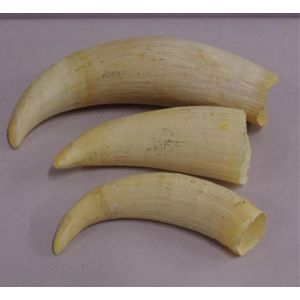French Art Deco Clock Set with Samuel Marti Movement
Garniture clock set early 20th century, c1928, three pieces set, French Art Deco style, marble & onyx, with movement by Samuel Marti - Paris, height 32.5 cm
You must be a subscriber, and be logged in to view price and dealer details.
Subscribe Now to view actual auction price for this item
When you subscribe, you have the option of setting the currency in which to display prices to $Au, $US, $NZ or Stg.
This item has been sold, and the description, image and price are for reference purposes only.
- Art Deco Period - The Art Deco period was a cultural movement that emerged in the 1920s and 1930s, and was characterized by its emphasis on modernism, luxury, and elegance. The name "Art Deco" comes from the Exposition Internationale des Arts Décoratifs et Industriels Modernes, a large exhibition held in Paris in 1925 that showcased the latest trends in decorative arts.
Art Deco was a reaction against the ornate and elaborate styles of the previous era, and reflected a new modern sensibility. It was characterized by streamlined, geometric shapes, bright colours, and the use of new materials such as chrome, glass, and Bakelite. Art Deco designers sought to create a sense of luxury and sophistication, often incorporating expensive materials such as ivory, marble, and rare woods.
Art Deco had a significant impact on a wide range of artistic fields, including architecture, fashion, graphic design, and interior design. Some of the most iconic examples of Art Deco architecture include the Empire State Building in New York City, the Hoover Building in London, and the Palais de Chaillot in Paris.
The Art Deco period came to an end in the 1940s, as World War II and changing cultural trends led to a shift in artistic styles. However, Art Deco remains an important influence on design and art, and continues to be celebrated for its modernist sensibility and glamorous aesthetic. - Onyx - Onyx is a form of agate, used from antiquity and popular again in the 1920s and 30s. European onyx is generally green, but can be many other colours, and can contain bands of black and/or white.
This multicoloured stone is widely used for table tops, lamp bases and in jewellery. Some types of onyx are also used for cameos of which the upper white layer is cut away to reveal the colour beneath. - Movement - The technical name for the workings of a clock or watch, and does not include the dial or case.
This item has been included into following indexes:
Visually similar items

Sold by
in
for
You can display prices in $Au, $US, $NZ or Stg.

A fine old Japanese carved ivory netsuke of Okame, kneeling with a bizaare large mushroom, strapped to her back, a small demonic figure upon her left shoulder with large leaf, two-character mark to the base. Provenance: The Joy and Denis Hanna estate colle
Sold by
in
for
You can display prices in $Au, $US, $NZ or Stg.

French swing handle copper pot, approx 17 cm high, 36 cm wide
Sold by
in
for
You can display prices in $Au, $US, $NZ or Stg.

Late 19th century open face fob watch back cover stamped 9ct 3 cm diameter
Sold by
in
for
You can display prices in $Au, $US, $NZ or Stg.
